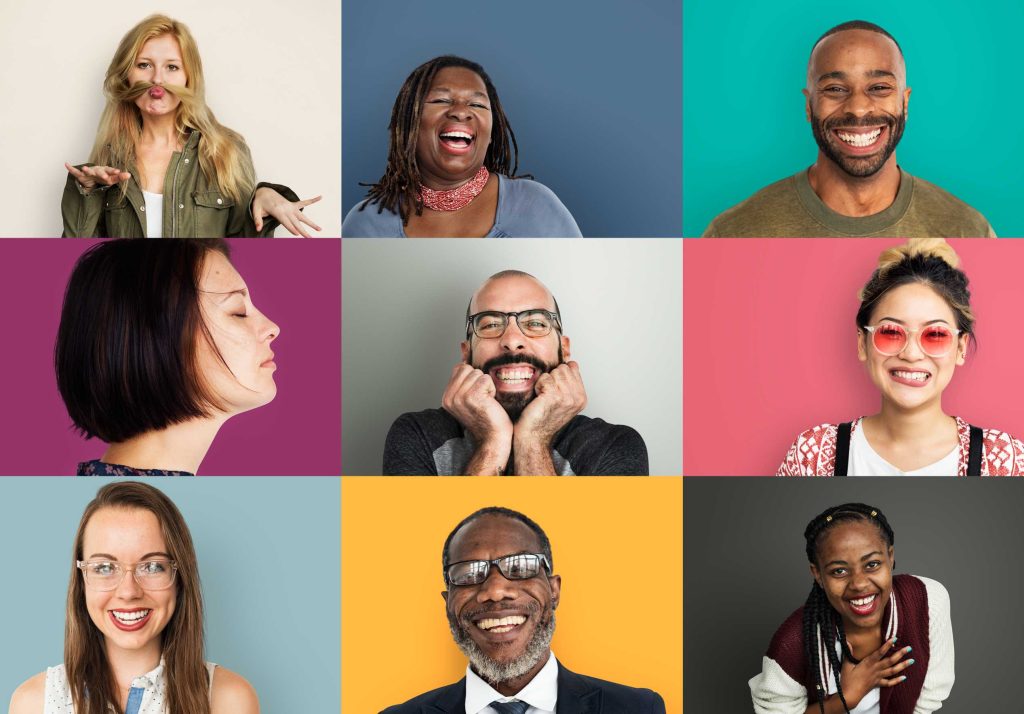This guest post was written by Bookboost AB – a CRM designed for the hospitality industry.
Guest data can be a game-changer… but only if used correctly.
Every day, hotels, hostels, serviced apartments, and any accommodation brand generate large amounts of data. The sad part is that, in many cases, this data remains untouched, and properties don’t unlock its potential.
Hotel guest data involves information about guests. From their demographics to their preferences, past purchases, reservation history, feedback, and more. It helps you to understand who your guests are, what they expect from you and how to reach them better.
When used correctly, this data can help you increase not only your revenue but also your guest satisfaction, loyalty, and more.
What is the best way to use it? By integrating it into your guest journey.
Four ways you can integrate guest data across your guest journey
- Personalise your website based on guests’ behaviour.
You can start using data even before a booking is made. Looking into the information about your past guests, you can understand where they started their journey, what are your most visited website pages, where are your users dropping off, and more.
You can use demographic data to understand which languages they speak and whether you need to translate your website into any additional languages.
Another way to leverage guest data on your website is to personalise messages based on your visitors’ characteristics. If they are looking for a family vacation, then messages can be more compelling to families, different from what business travellers might be looking for.
- Tailored booking confirmations
If a returning guest books a room for the third time, they will already be familiar with the basic information about your brand. Therefore, you have an opportunity to create a great interaction by tailoring your message accordingly.
The same happens when guests book for specific purposes. An anniversary, a birthday or a family vacation. Your booking confirmation can deliver something extra that creates a truly exciting experience instead of being just one more.
- Pre-arrival communication that doesn’t miss the target
The pre-arrival stage is a big opportunity to use data. Data can enhance everything you say to your guests -but only if used correctly.
Here are three examples of how you can apply it and the different guest segments you can create:
- Past purchases: Historical data will tell you about a guest’s past purchases. This means if they have been in your property before and have used certain services, it is a great opportunity to acknowledge that and invite them to use them again, perhaps with a discount or special offer.
- High-spenders vs. low-spenders: If you segment guests based on the amount of money they’ve spent, you can send them more personalised communication. For example, for high-spenders, it makes sense to talk about exclusive perks or upgrades.
- Business travellers vs. family stays: Another option is to segment guests based on the type of room or the purpose of their trip. For example, for guests who booked with minors, it would be more appropriate to discuss your child-friendly amenities. And for business travellers, talking about coworking spaces and free coffee is always a good idea.

Commonly, one aspect that stops properties from using their guest data is how complicated it can be. Since data is scattered, dirty and messy, talking about using it might sound like a titanic task. That’s when the right tech can help.
Bookboost is a CRM designed for hospitality. The platform has a CDP (customer data platform) at its core that gathers, cleans, and organises all guest data, allowing you to get a clear overview and extract valuable insights. Once the data is clean, you can create all these guest segmentations and reach your guests with hyper-personalised messages via SMS, WhatsApp or email.
4. Multi-channel guest journeys that work on their own
Data can help you create more successful communication campaigns that drive more conversions. How? By looking into your marketing KPIs, you will be able to see which campaigns have the higher opening rates, which messages have better CTR (click-through rate), and more.
You can even compare the type of message and the channel you used, depending on the segments. You can reach conclusions like:
- Email is the channel with the highest open rate and CTR when sending a booking confirmation to first-time guests.
- Returning guests open and click booking confirmations via WhatsApp.
- Check-in reminders have a higher success rate on first-timers than on returning guests.
Analysing your own guest data will help you plan more accurate marketing campaigns and entire guest journeys, which vary depending on the type of guest.
If you’re worried about the amount of work this will generate, you can relax. With the right solution, all this analysis can be done in minutes, and your guest journeys can be personalised and automated,